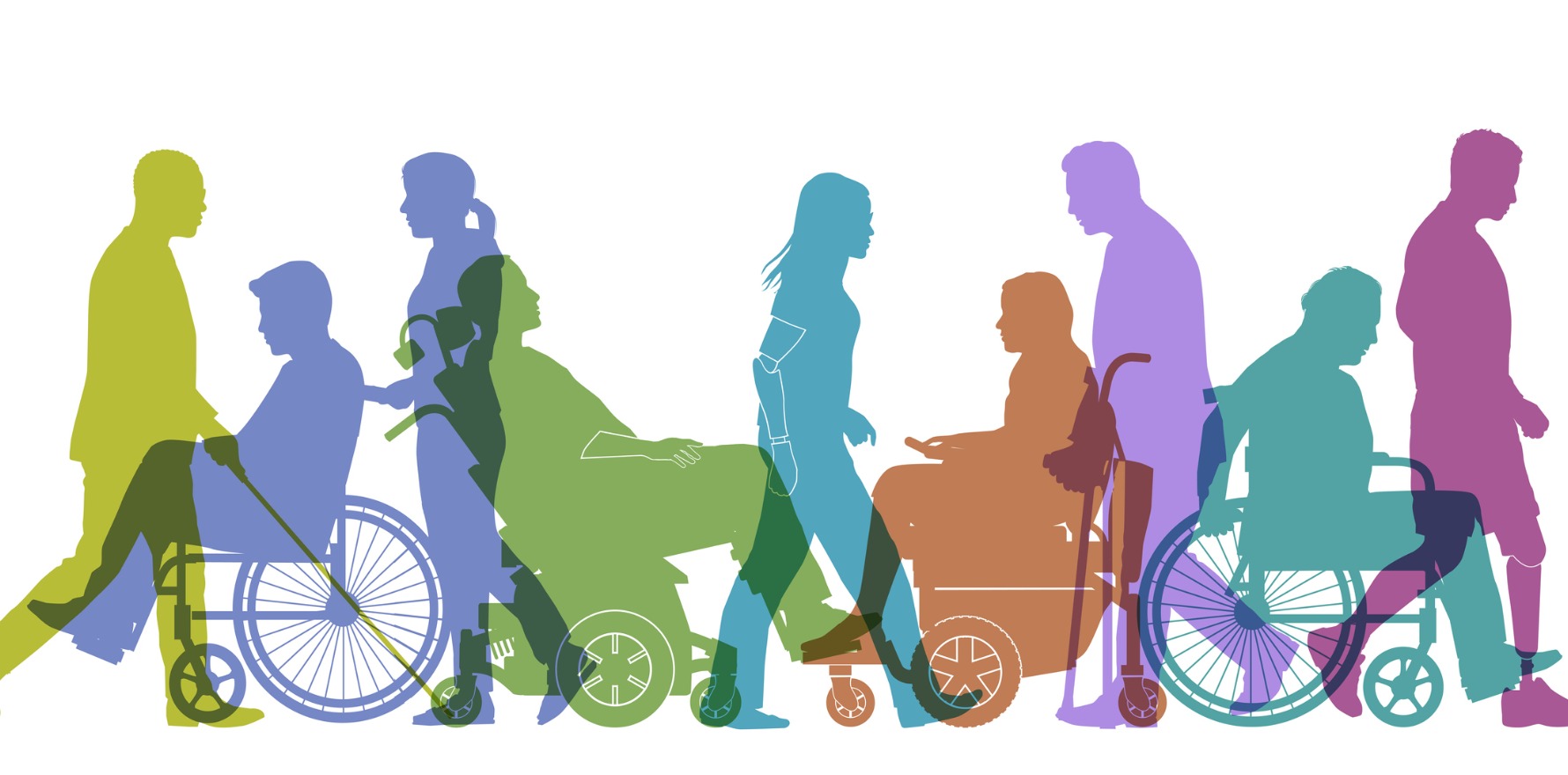A new blueprint from the AMA puts the onus on medical schools and colleges to make training and careers more accessible for people with disability.
One in six Australians lives with a disability, but some med students still report discrimination and even being warned by tutors not to disclose their disability.
Earlier today, the AMA launched a new position statement recognising disability as “an essential form of diversity”, putting the responsibility to avoid barriers to entry back on employers, universities and medical colleges.
“Inclusion in medicine is important for many reasons, including creating a better health system for people with disability by embedding those with lived experience in it and ensuring the medical workforce mirrors the population they serve,” the association said.
This is already happening in some areas – medical schools are moving away from strict requirements on specific skills like performing CPR and some medical colleges, ACRRM included, have developed policy to provide a pathway for doctors with disability.
But despite progress in these areas, the AMA admits that there’s a long way to go.
It calls for a review of the technical requirements to study and practice medicine, including consideration of whether there should be alternate means by which potential doctors can demonstrate essential capabilities.
This would go some way to addressing the situation faced by students with physical disabilities.
The Medical Republic is aware of one medical student in South Australia who has been left in limbo because, being partially paralysed, he has not passed the basic life support element of his training.
He has left-sided hemiplegia and is legally blind as a result of several childhood strokes.
The student is currently in his second year of medicine. Before starting the degree, he contacted the university’s disability services team to organise his required supports. At that point the university wrote to him informing him that he was not capable of doing the course and should pursue another degree, but he went ahead.
Because he has so far been unable to pass the basic life support element, he’s been prevented from going on placement.
Faced with being forced out of the course, he has engaged lawyers to help him continue.
That the university hasn’t been able to find a way forward for him would be understandable, perhaps, if he was the first medical student in Australia to be partially paralysed.
But he’s not the first, nor is he likely to be the last.
Part way through medical school, pain and rehabilitation medicine specialist Dr Harry Eeman acquired a disability that required him to start using a wheelchair.
“I get discouraged by the reports of medical students not being allowed to progress because they’re not able to perform CPR … which is the case in South Australia, because I mean, I certainly wouldn’t be able to do that,” he told The Medical Republic.
“But in all my clinical work, which is almost 20 years’ worth, my disability really hasn’t disadvantaged any patient.
“And that’s been well thought out, because I put myself in an environment where my disability is not a problem, so to speak.”
The range of medical specialties is broad enough, Dr Eeman said, that there is a place for people with a range of different physical abilities.
“Skills like communication, understanding people, having a bit of empathy and compassion, trying to help someone and being able to … action sensible investigation and tests,” he said. “That … is more what medicine’s about, rather than jumping on people’s chests or doing surgery.”
Dr Eeman said that one of the unacknowledged pain points was that hospitals rely on junior doctors to do cheap labour and tend to balk at the idea of potentially spending money on additional supports.
“They can’t afford people like me out roaming the wards,” he said.
“Junior doctors are required to cover long hours … so they want to homogenise a medical student that can come out and be useful for perhaps four or five, six years in the junior workforce.”
Part of the AMA’s new position includes improving organisational awareness about the range of existing legislation and policy to support people with disability as well as encouraging employers and medical training providers to take the steps to accommodate doctors and trainees with disability.
As wheelchair users, Dr Eeman and the student in South Australia have disabilities that are apparent in an external way.
Fourth-year medical student Ari Patison’s disabilities are less visible: she is autistic, has ADHD and is in the process of getting a diagnosis to explain her hypermobility, likely Ehlers-Danlos syndrome.
She’s been advised by at least one tutor that mentioning her disabilities could cost her opportunities in the workplace.
“I had one time where my hip dislocated on the walk to the hospital,” she told TMR.
“I was still gonna get there, I was just gonna be late. Because my hip popped out.”
She sent a message to a classmate asking them to inform the tutor, but when she made it to class she was not allowed in.
“I was told ‘if you struggle with pain, maybe you should find a new career’,” Ms Patison said.
The AMA blueprint notes that building an environment where there is trust that disclosure of a disability will be treated with respect and from a strength-based perspective is “essential”.
As Ms Patison sees it, it’s safer and better practice for her colleagues to be aware of her disabilities.
“Where issues with treatment may occur is if you’re not aware of any difficulties that someone might have,” she said.
“That’s when it may become dangerous for both the doctor and the patient, not if you’re aware and can take every precaution that you need.”





